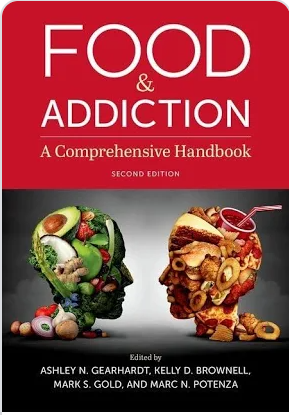
Highlights from “The Cost of Sugar Addiction”
 A while back, Childhood Obesity News featured a four-part series about the many costs, both obvious and obscure, of sugar addiction.
A while back, Childhood Obesity News featured a four-part series about the many costs, both obvious and obscure, of sugar addiction.
The toxicity of sugar is not a new concept. In the 1960s, Prof. John Yudkin sounded the alarm and was universally regarded as a crank. Health policy investigator Gary Taubes explains how the well-regarded Seven Countries Study was misinterpreted, and the harm that has resulted. In 1975, William Dufty’s book Sugar Blues had a significant impact on public consciousness. In 2005, the documentary film Big Sugar raised another assortment of issues. For instance:
Daniel Stefik’s review of Big Sugar notes that the Fanjul brothers, Florida’s fabulously wealthy sugar barons, keep legislators happy by donating to both major political parties. In return, they enjoy yearly government subsidies worth $65 million, none of which reaches the pockets of the oppressed workers, and all of which is extracted from the pockets of taxpayers, i.e., the rest of us.
In that post, we suggested that the average American consumes 90 pounds of sugar per year. In other posts, we quoted other numbers, all from valid but contradictory sources. The average person would be astonished by the tricks found up the sleeves of statisticians. Nobody really knows how many pounds of the white drug the average American eats every year. The estimates go as high as 170 pounds per annum. One thing is certain—it’s too much.
According to Jennifer M. Regan of Bamboocore Fitness, a hundred years ago, the American per capita average consumption was 4 pounds a year.
HFCS is Just as Bad as Sugar
Part 2 of “The Cost of Sugar Addiction” mentioned the radical YouTube video released in 2009 by Robert H. Lustig, the pediatric neuroendocrinologist with a definite prejudice against sugar. He calls high-fructose corn syrup “the most demonized additive known to man,” while assuring readers that it deserves every ounce of that demonization. The post also discussed insulin resistance, the metabolic syndrome, and diabetes: all closely connected with sugar consumption.
Part 3 quoted Gary Taubes on the metabolic syndrome, and on his belief that fructose is worse than other forms of sugar because, while the whole body somehow participates in metabolizing glucose, the task of assimilating fructose falls mostly on the liver. For the same reason, sugary drinks are worse than sugary foods because their glucose and fructose hit the liver like a tidal wave.
Every day, more and more health professionals feel totally comfortable in comparing the harm potential of sugar to that of alcohol or tobacco. One of them is Mark Bittman, a journalist who published a vegetarian cookbook. Part 4 discussed his ideas, and included some truly frightening estimates of the financial costs of the diseases resulting from sugar addiction. The numbers should have a sobering effect.
Your responses and feedback are welcome!
Source: “Not So Sweet,” bamboocorefitness.com, 2015
Image by Alex Barth
(c) Childhood Obesity News – Read entire story here.


